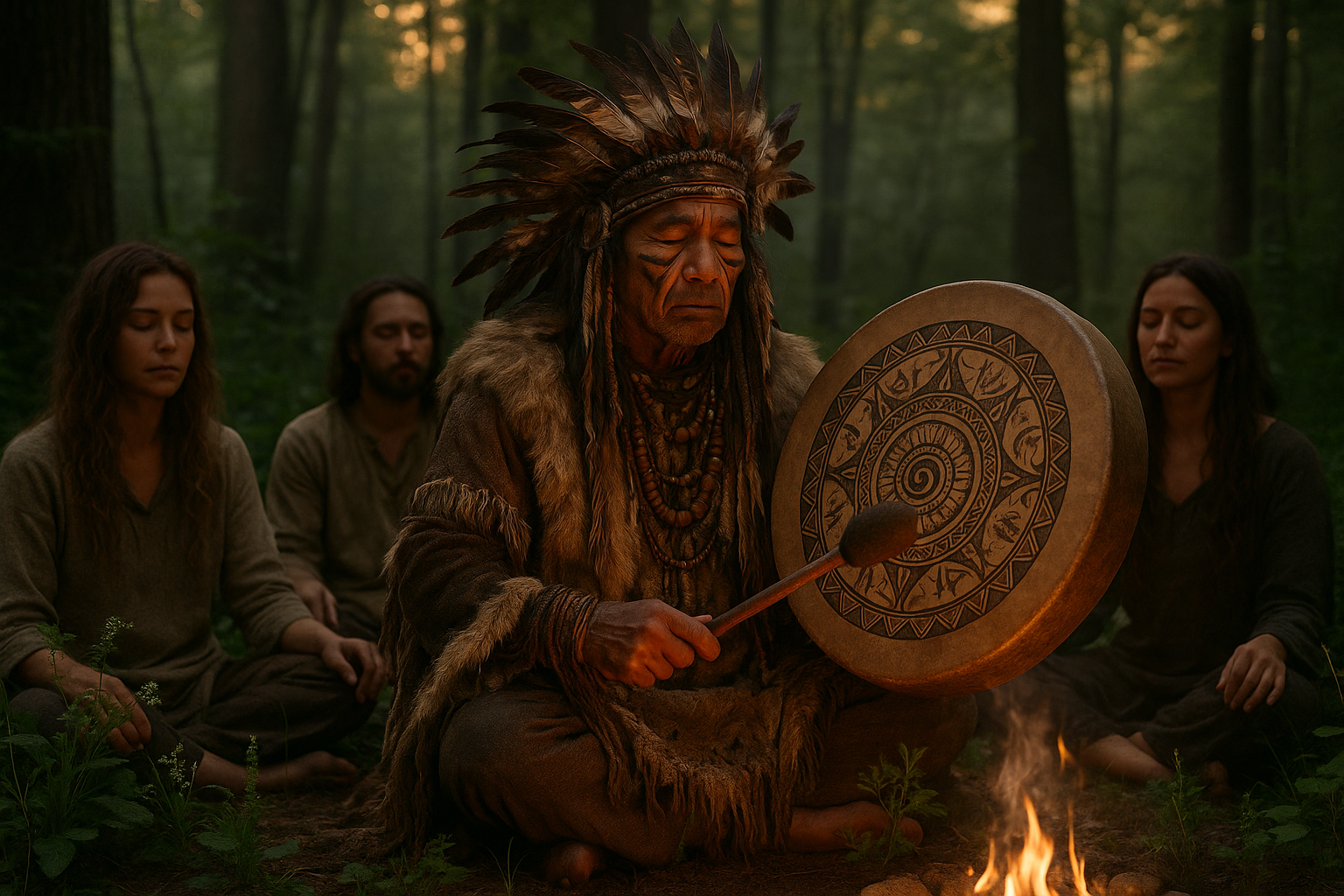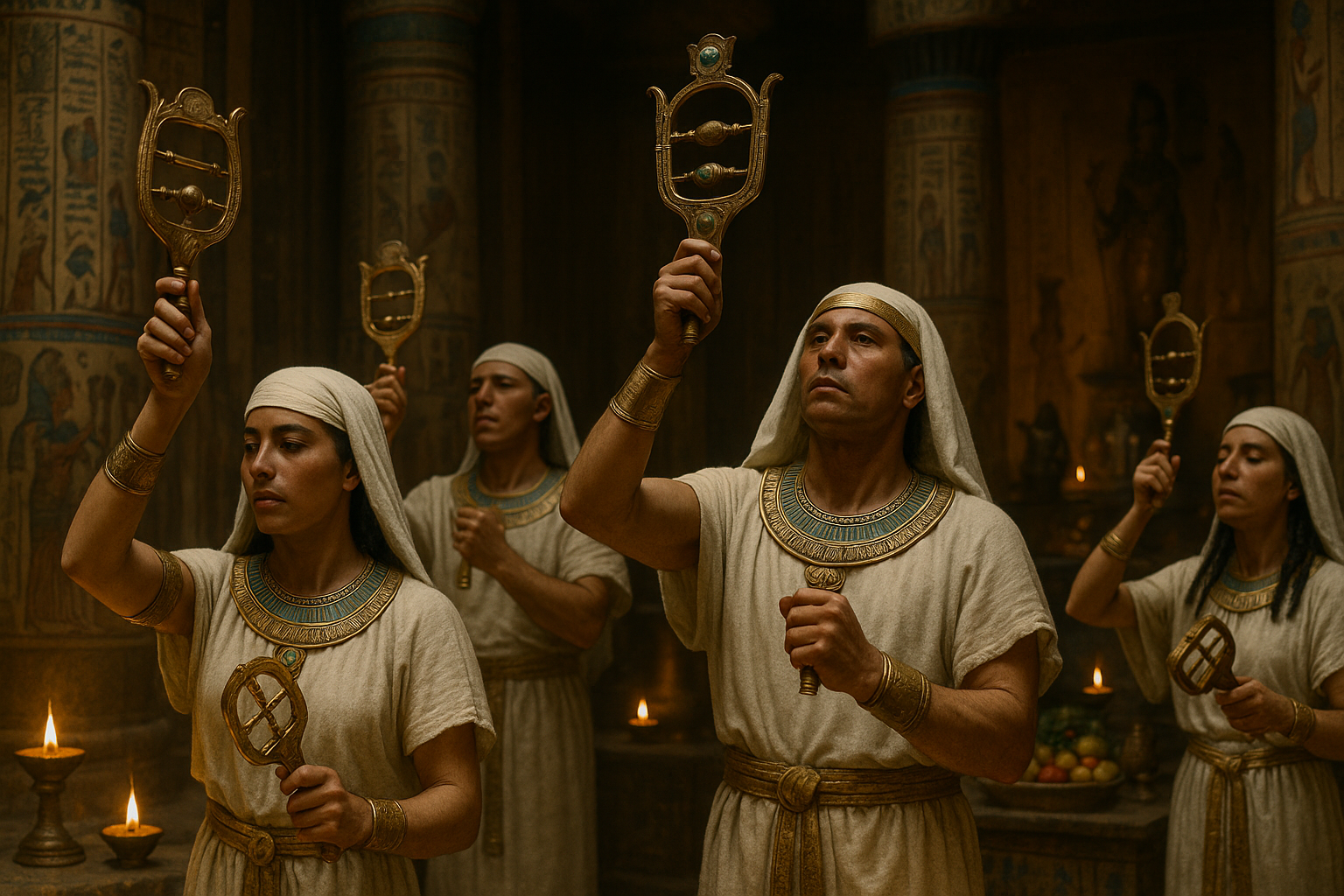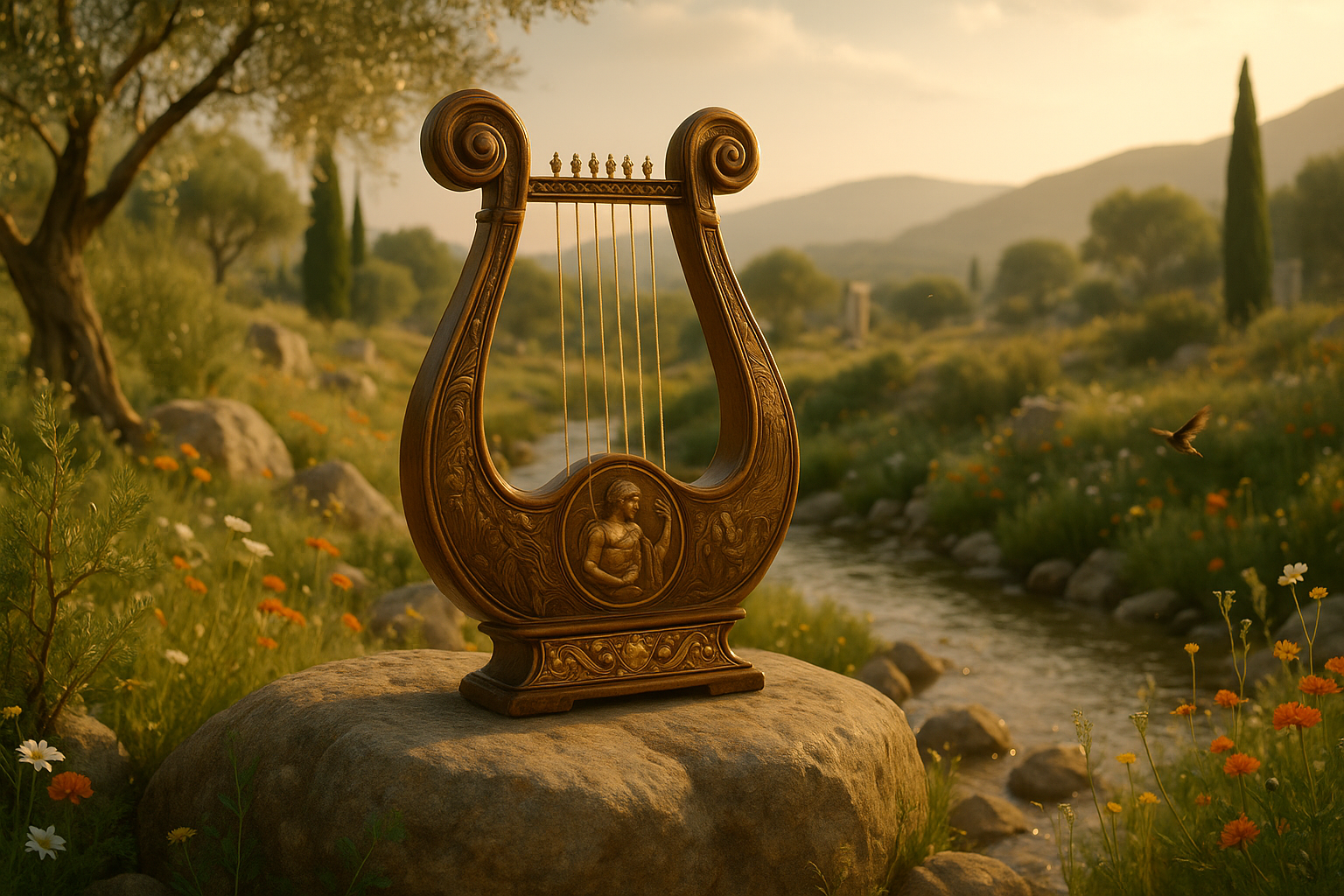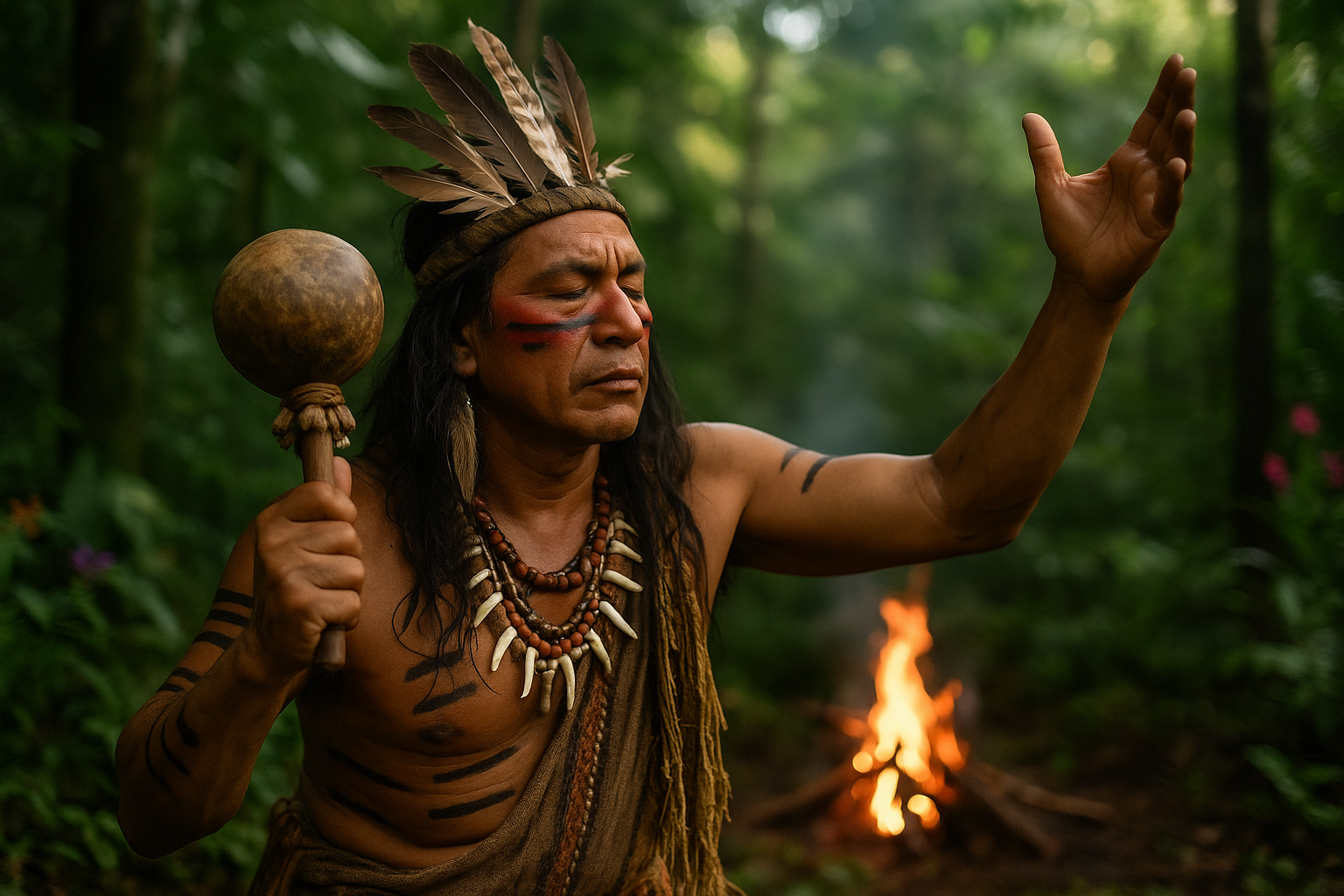In the heart of many indigenous cultures around the world lies a powerful tradition that transcends mere music: the ceremonial flute dance. 🎶 This captivating practice is not just a performance but a profound expression of community, spirituality, and history. As you embark on this cultural journey through rhythm and tradition, you will discover how these dances serve as a bridge between the earthly and the divine, connecting generations and preserving the rich tapestry of cultural heritage.
Imagine standing amidst a circle of dancers, the air vibrating with the hauntingly beautiful sound of flutes. The rhythm pulsates through the ground beneath your feet, and for a moment, time seems to stand still. This is the magic of ceremonial flute dances—a sensory experience that immerses participants and observers alike in a world where music becomes a language of its own.
Throughout this article, we will explore the diverse cultural contexts in which ceremonial flute dances are practiced. From the Native American tribes of North America to the indigenous peoples of South America and beyond, each culture has its unique interpretation and significance of the flute dance. We will delve into the stories and legends that are woven into these dances, highlighting their role in storytelling and cultural preservation.
One cannot discuss ceremonial flute dances without acknowledging their spiritual dimensions. For many cultures, the flute is not merely an instrument; it is a sacred tool used to communicate with the spirits and deities. 🌿 These dances often coincide with important rituals and ceremonies, marking events such as harvests, weddings, and rites of passage. As we explore this aspect, you will gain insight into how music and spirituality intertwine to create a holistic experience that enriches the soul.
The musicians and dancers who bring these ceremonies to life are more than performers—they are custodians of tradition. Their skills are honed over years of practice and are passed down through generations. We will take a closer look at the training and dedication required to master the flute and dance, as well as the communal effort that goes into organizing and performing these complex ceremonies.
Additionally, we will examine the role of gender and community in these dances. In some cultures, flute dances are performed exclusively by men, while in others, women play a central role. Understanding these dynamics offers a deeper appreciation of the cultural values and social structures that underpin these traditions.
Modern times bring modern challenges, and the preservation of ceremonial flute dances is no exception. As we navigate through issues of cultural appropriation and the impacts of globalization, we will discuss the efforts being made to preserve and revitalize these practices. From educational programs to cultural festivals, discover how communities are adapting to ensure that their musical heritage continues to thrive in the face of change.
As we conclude this exploration, the aim is to leave you with a newfound appreciation for the intricate beauty and cultural significance of ceremonial flute dances. Whether you are a musician, a cultural enthusiast, or simply a curious reader, this journey offers valuable insights into the universal power of music to unite, heal, and inspire. Prepare to be enchanted by a tradition where every note played is a thread in the rich tapestry of human expression. 🌍✨
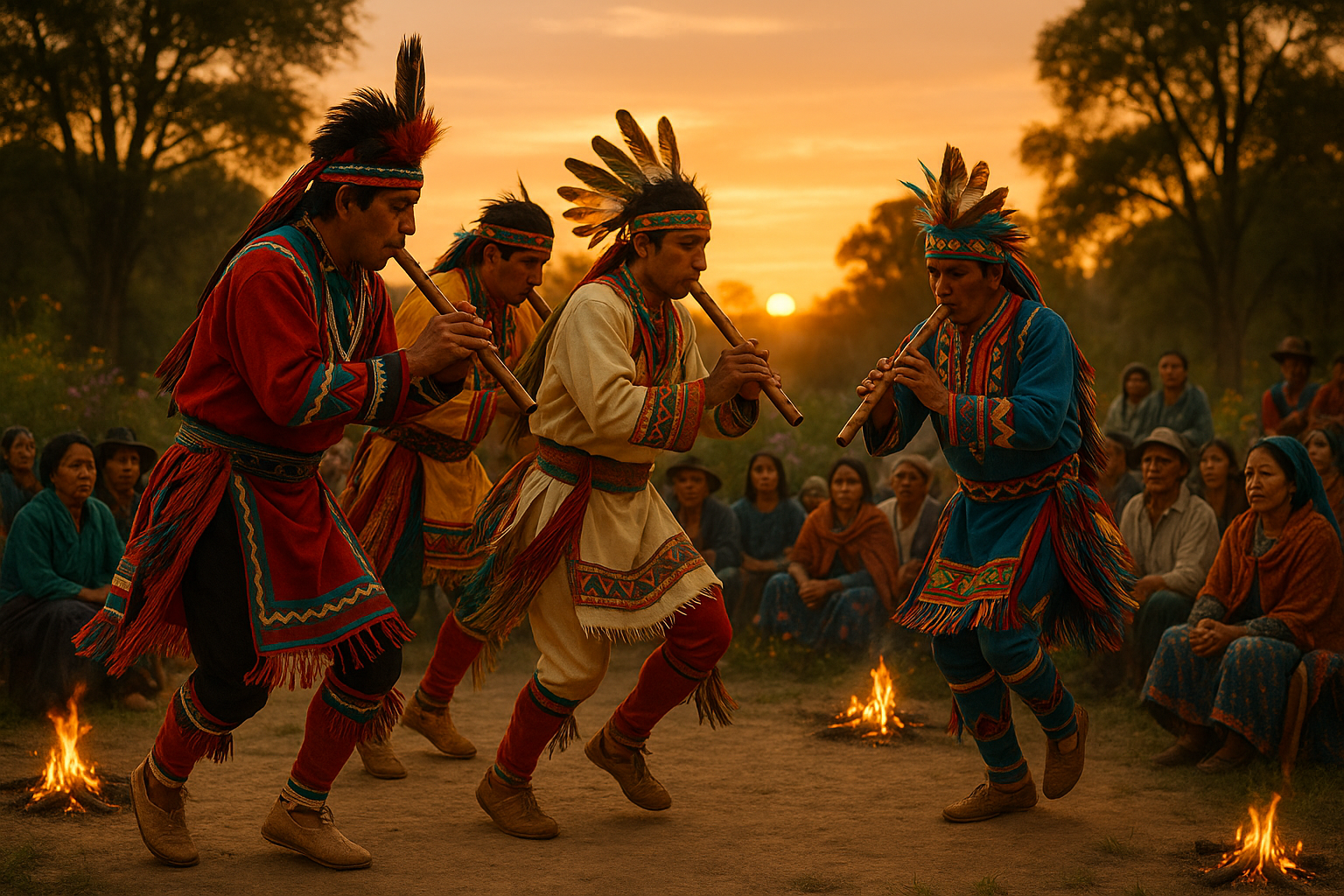
Conclusion: Embarking on a Rhythmic Journey of Cultural Discovery
Throughout our exploration of the ceremonial flute dances, we have delved into a vibrant tapestry of tradition, music, and cultural significance that transcends mere performance. These dances are not only a showcase of artistic expression but also a profound manifestation of community identity, spiritual beliefs, and historical continuity. By embracing the rhythms and stories embedded in these dances, we gain a deeper appreciation for the diverse ways in which human societies celebrate life and heritage.
The ceremonial flute dances, as we’ve seen, serve as a conduit for passing down traditions, preserving ancient knowledge, and fostering a sense of unity among participants and spectators alike. They are a testament to the power of music and dance in bridging gaps between generations, cultures, and even continents. Each movement, each note played on the flute, is a testament to the resilience and creativity of human cultures in expressing their unique worldviews and values.
Moreover, these dances provide a window into the intricate relationship between music and spirituality. The flute, with its ethereal tones, becomes a voice for the divine, a tool for communication between the earthly and the sacred. This aspect of ceremonial dances highlights the universal quest for meaning and connection that transcends cultural boundaries.
As we reflect on the richness of these traditions, it is crucial to recognize their contemporary relevance. In a world that is increasingly interconnected yet often divided, the lessons from these dances about unity, respect, and celebration of diversity are more pertinent than ever. They remind us of the beauty that lies in our differences and the strength that emerges when we come together in shared experiences.
We invite you to continue this journey of discovery. Engage with these traditions by attending local performances, supporting cultural preservation initiatives, or even learning more about the art of flute playing. Share your experiences and insights with others, fostering a dialogue that enriches our collective understanding of cultural heritage.
In conclusion, the magic of ceremonial flute dances lies not only in their artistic allure but also in their ability to inspire, educate, and unite. Let’s honor these traditions by keeping the conversation alive, by cherishing the stories they tell, and by embracing the diversity they represent. Together, we can ensure that the melodies and movements of these dances continue to resonate with future generations. 🌍🎶
Thank you for joining us on this cultural journey. We would love to hear your thoughts and experiences related to ceremonial dances. Please feel free to leave a comment below, share this article with friends and family, or apply the insights gained in your own cultural explorations. Let’s celebrate the richness of human expression and keep the rhythm of tradition alive!
[Explore More About Ceremonial Dances](https://example.com/ceremonial-dances)
[Learn About Flute Music Traditions](https://example.com/flute-traditions)
—
Please note, the links provided are placeholders and should be replaced with actual active URLs that align with your article’s theme. Feel free to modify and expand the content as needed to suit your specific requirements!
Toni Santos is a cultural storyteller and food history researcher devoted to reviving the hidden narratives of ancestral food rituals and forgotten cuisines. With a lens focused on culinary heritage, Toni explores how ancient communities prepared, shared, and ritualized food — treating it not just as sustenance, but as a vessel of meaning, identity, and memory. Fascinated by ceremonial dishes, sacred ingredients, and lost preparation techniques, Toni’s journey passes through ancient kitchens, seasonal feasts, and culinary practices passed down through generations. Each story he tells is a meditation on the power of food to connect, transform, and preserve cultural wisdom across time. Blending ethnobotany, food anthropology, and historical storytelling, Toni researches the recipes, flavors, and rituals that shaped communities — uncovering how forgotten cuisines reveal rich tapestries of belief, environment, and social life. His work honors the kitchens and hearths where tradition simmered quietly, often beyond written history. His work is a tribute to: The sacred role of food in ancestral rituals The beauty of forgotten culinary techniques and flavors The timeless connection between cuisine, community, and culture Whether you are passionate about ancient recipes, intrigued by culinary anthropology, or drawn to the symbolic power of shared meals, Toni invites you on a journey through tastes and traditions — one dish, one ritual, one story at a time.

